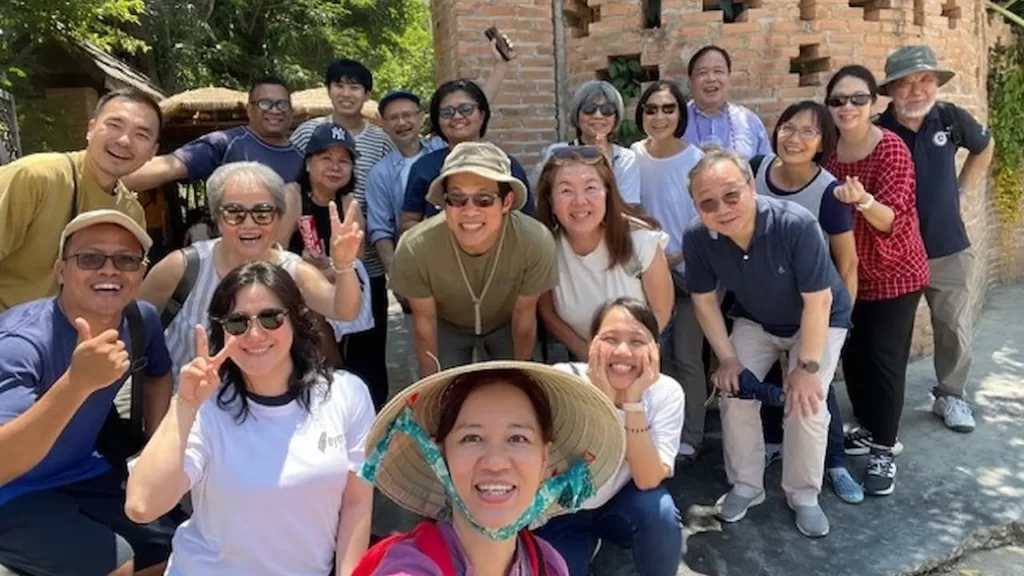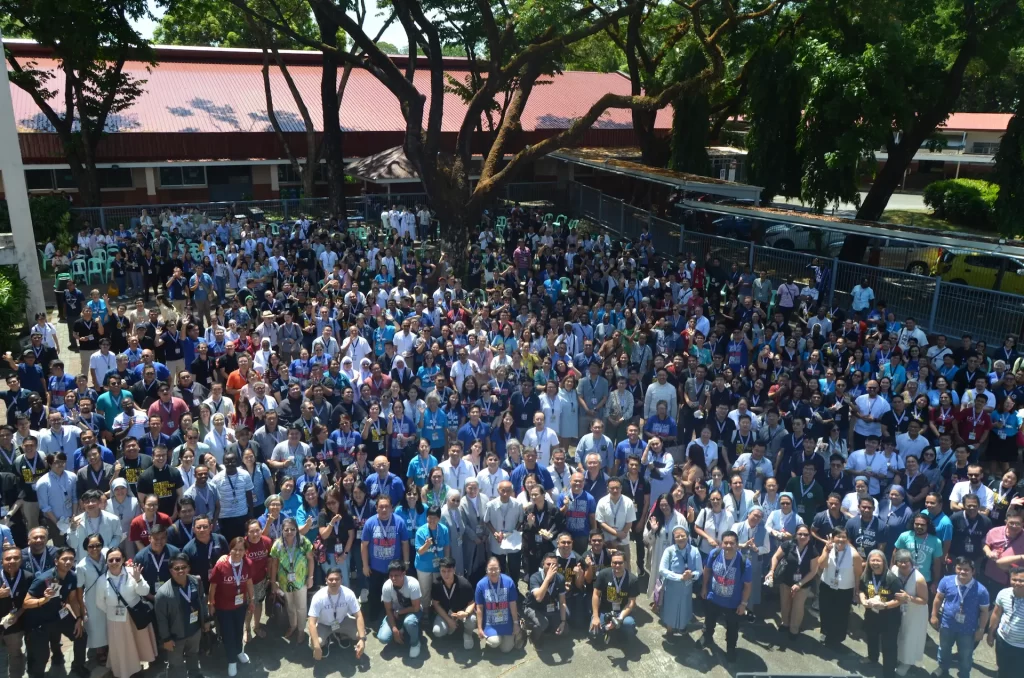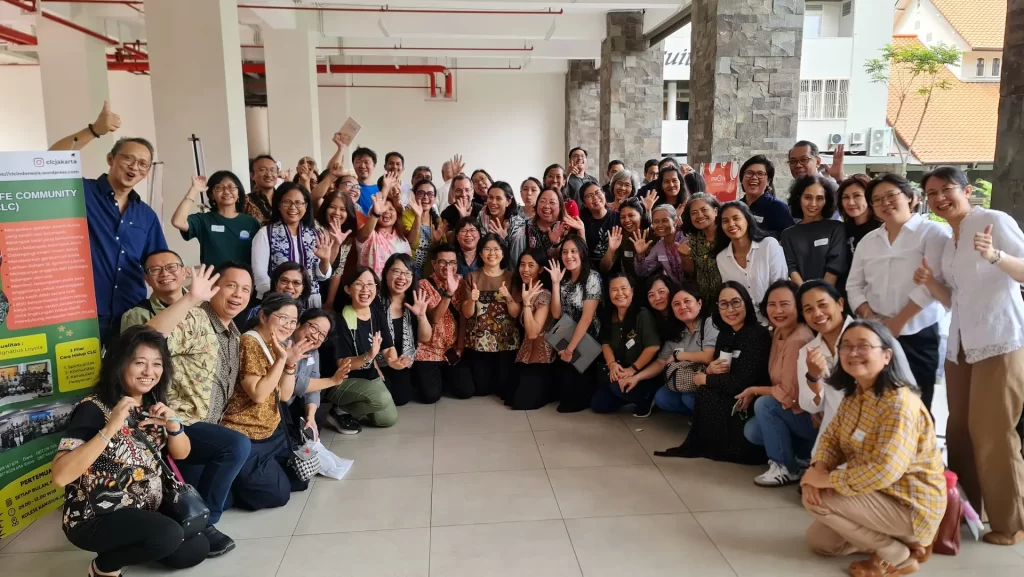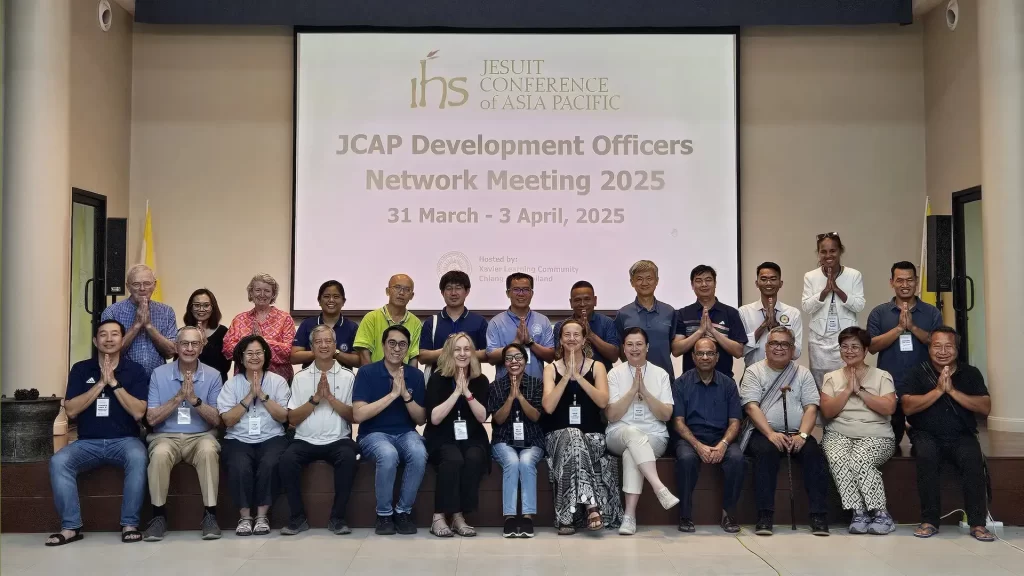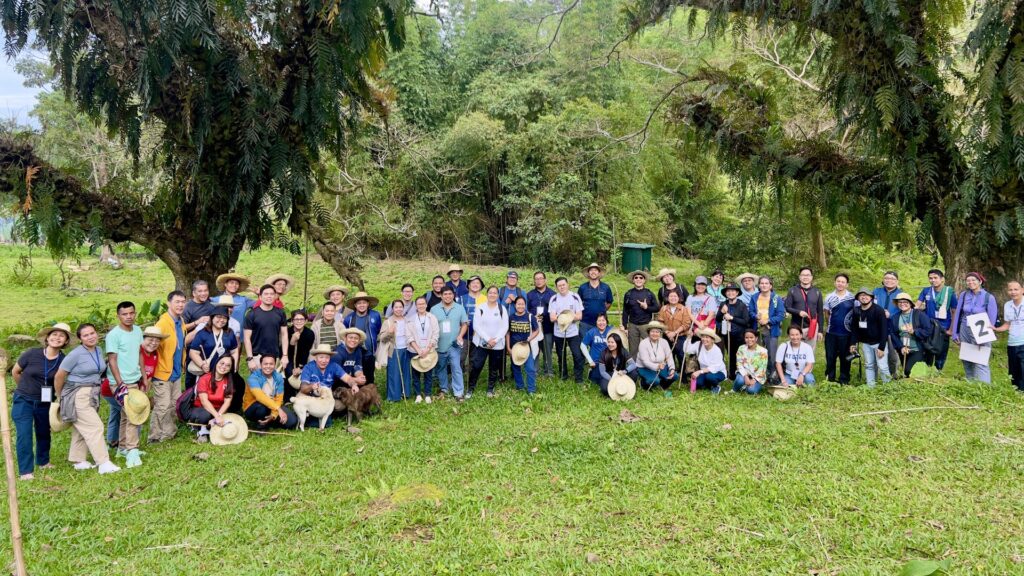Fr C Amal SJ, an Indian Jesuit missioned to Myanmar, was recently in Loikaw, the capital of Kayah state, where many of our Myanmar scholastics are from. He offers this reflection on the Church there.
Loikaw proved to be an exceptional experience. Waiting five years to enter this area is worth a wait and proves to be a blessing.
A Church that survived seismic turbulence 60 years ago, rose majestically, and strides the national scene with confidence. A visit to the various parishes and villages is a heart warming experience. We started with Dimohso, a beauty straddling hills and lakes. Loikaw is a land of lakes – seven lakes -seductive, sullen and jealously guarded by the sleepless mountains. The penchant for fairy tales adds colour to nature – not seven lakes, seven celestial beauties, we are told, came down and could not go back and are resting as lakes! Let them be.

Loikaw was evangelized by the indefatigable Italians, who chose to stay put rather than to go for a “home visit” and risk no entry. The survival of the church amidst one of the most suffocating challenges was wholly due to the ingenuity of the Italians who developed a culture of laity participation. The local clergy nurtured the culture (though there are accusations of intruding clericalism of late). The lay evangelizing movement, now touted by the New Evangelization, was implemented decades before. Hundreds of young women, gave up their future and spend their life in risky areas, converting thousands. The Zetaman movement is a trendsetter to lumko and other movements.
People’s generosity to their church is marvellous. There are 38 parishes and many quasi parishes. 10 of them are in remote and rugged mountains and are often poor. The life of the parish priest hinges on the local support. The diocese gives 30,000 kyat per month or just less than 400 USD per year per parish. The parish priest either depends on his resources, or farming.
People are expected to give three baskets of rice. They are generous when the crop is copious. Sometime they fail. In most of the parishes the poignant fellowship to the people, through boarding houses for boys and girls, strains every nerve of the priest and sisters. Children are expected to give 10 baskets of rice every year. When crops fail, dropout rates go up.
The women religious are unsung heroes of this church. Simple, hard-working and so close to the people. The diocese pays each 10,000 kyats per month. So a religious community may have around 50,000 kyats or 60 dollars per month.
They too depend on people. When an objective history of Myanmar is written, the role played by the church, especially the generosity of women religious, in educating the youth through the boarding school system, will surely be remembered.
Most of the village faithful come from farming communities. Like elsewhere in the world, they face huge challenges. Rice, millets and vegetables are grown in very fertile soil. Vagaries of nature, price manipulation enforces challenges in dignity. Mercifully the corn has emerged as a shock absorber – the ubiquitous Chinese buying at whim. The shock absorber creates to each family on an average 1200 USD per year. Not much. But that is not the wheel, only a shock absorber.
Pastoral work, as many priests shared during the retreat and the training programme, is a huge challenge. We visited a remote parish celebrating a feast. The parish uses four dialects plus Burmese. The priests are adept in at least five languages – English, Burmese, their own dialect and at least two dialects. Sometimes the nearby villages speak different languages.

The growing concern of the church and the people is the changing scenario. A change for the better? Not many are sure. Five decades of challenging life produced hundreds of refugees, internally displaced people and two generations of rural youth that were sadistically denied all development opportunities. Loikaw is so youthful, so many under the age of 18, with dreams in their eyes and hope in their heads. They should be treasure in any nation, but here many could not cross that Berlin wall of School Final exam. In a group of 92 youth that we met in a rural parish, just six passed the school final and even they could not continue further studies.
The ‘dawn’ of democracy is still a distant dream to many in rural areas. “Nothing seemed to have changed – no new schools are opened, no new employment opportunities, no farm price stability, no options for higher education,” says a priest from a remote outpost near the Thai Border.
So the journey of the church continues. As a young priest remarked: “It is not the journey of saints, surely not, we are not perfect, our people know us well. As of now it is the only accompanier. For many people it is still the sign of stability, security and hope.”
One tends to agree with him.
To read Fr Amal’s reflection on Loikaw, click here.

